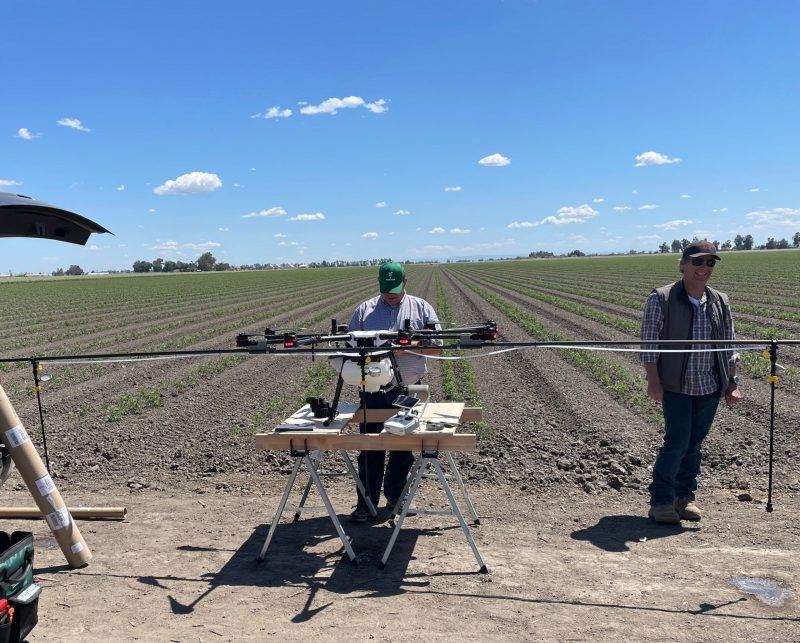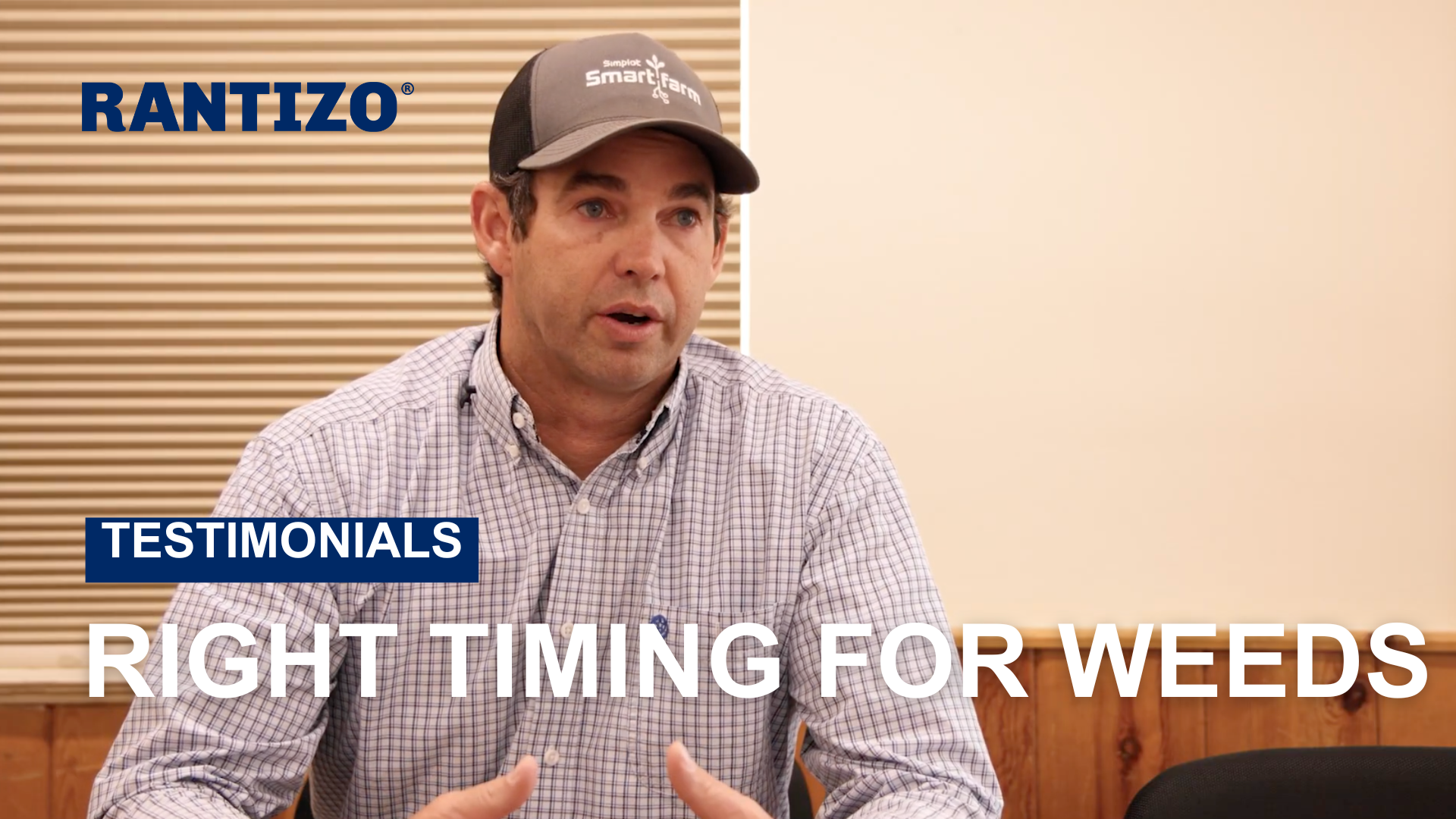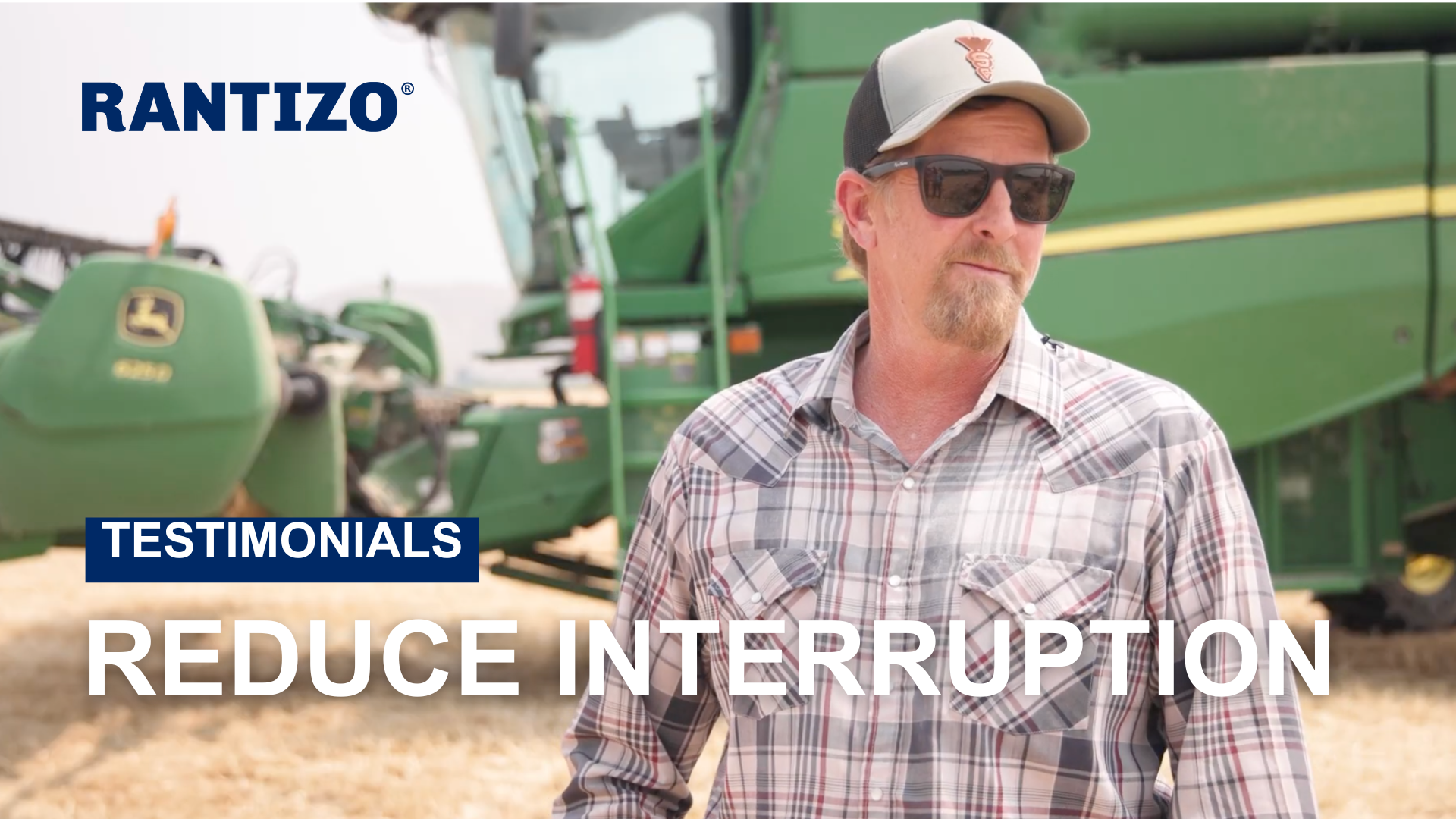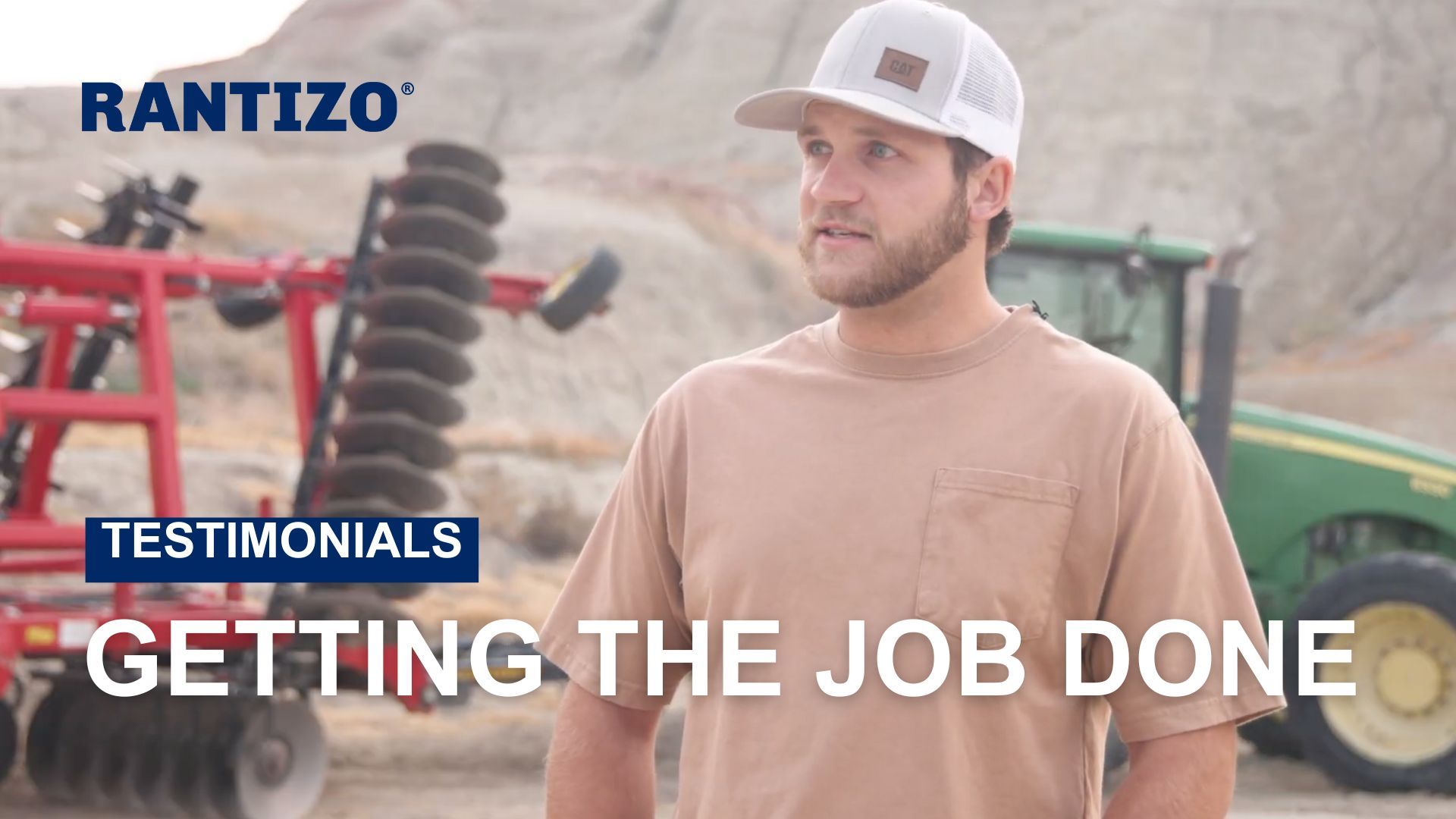RESOURCES
Rantizo is revolutionizing foliar application with drones
Managing disease using biological controls in a tomato crop can be tricky enough using traditional foliar application methods like backpack sprayers, ground rigs or crop dusters. Adapting the process to take advantage of new cutting-edge precision agriculture technologies like Rantizo’s comes with a learning curve. But Rantizo is making progress in optimizing drone foliar application with each new opportunity.
When Cary Crum, a crop consultant for California Ag Solutions and an agronomist for a tomato farm in Kettleman City, California, contacted Juan Cantu, director of field operations for Rantizo, Cantu knew foliar application of a biological product to a tomato crop would be a new challenge. After all, Rantizo is a Midwest company that focuses on crops like corn and soybeans. But Cantu also knew the tomato crop niche was ripe for innovation.
Preparing for a new chapter in precision agriculture
“Our team had never done this kind of application,” said Cantu. “It was a whole new project that required us to account for a number of different variables, including plant canopy height, droplet size and angle of application.”
Most of the previous work using Rantizo drone application systems has focused primarily on commodities like corn and soybeans, as the Midwest is where Rantizo still has the greatest concentration of application services contractors. However, moving into specialty crops was inevitable given the natural alignment of drone application technology and precision required with high-value crops. Tomatoes were a good early test of the flexibility of the system.
In preparation for the challenge, Rantizo’s team of application experts and drone pilots tested a variety of setups that included nozzle size and shape, solution viscosity, application rate, droplet size, drift and drone speed. Based on their testing and data, they configured their drone system with what they felt would be the ideal combination. But the real test wouldn’t happen until they could get the drones into real-world field conditions in California.

Collaboration is key
Because of Rantizo’s unique business model, collaboration among Rantizo, agronomists and farmers is key. Here’s how it works: A licensed and certified Rantizo contractor leverages crop and field data established by the agronomist’s or farmer’s agricultural data platforms. From there, the contractor can deliver inputs precisely when and where they’re needed. If a contractor runs into issues, Rantizo can use that real-life data to vet the project and help the contractor develop an action plan, setting them up for success with their own customers.
Rantizo’s product specialist team and early adopters like Crum’s California Ag Solutions proved to be perfect partners in bringing precision agriculture with foliar application into new regions and new crops. Opportunities like the tomato collaboration provide Rantizo with the ability to test market viability for their network of contractors to execute. The contractors, armed with boots-on-the-ground knowledge of their customers’ operations and the specific agronomy needs of different crops, are equipped with all the tools and training from Rantizo to operate their business independently, to best fit their customers’ needs. When new opportunities like using their Rantizo drone system on new crops or in different environmental conditions arise, contractors can work closely with the Rantizo product team to test and set up the system for the highest level of effectiveness. The unique combination of local crop knowledge and product technology expertise is invaluable.
Adapting to foliar application challenges
Cantu’s experience in precision agriculture served him well in surveying the challenge on the ground in California. He recognized the field lacked real-time kinetic (RTK) service, which could limit application accuracy. He and the Rantizo team also had to adjust to several additional unexpected variables.
“Once you get there and see all these things you don’t know until you are on the ground, that’s where it gets fun. We were doing something that nobody’s done before. Even after all the time we spent optimizing our equipment before coming out to the field, it took us a day to figure out all the logistics, but once we did, we were ready to rock and roll,” said Cantu.
Initially, the team applied the biologicals across a single 153-acre tomato field, but Crum quickly understood how the technology could significantly reduce manual labor across the thousands of acres of tomato crops the farm was growing.
“Before they see it in action, producers are skeptical of how this little thing [drone] can benefit them,” said Cantu. “But when they start looking at the data and understand that they can more precisely target specific areas or fields, conduct site-specific foliar application at the right place at the right time and not have to drive a sprayer rig through the field, they understand how this technology can make them more efficient. That is very powerful!”
Cantu especially sees the benefit in drone swarming. “I think Rantizo complements those who are using precision agriculture technologies quite a bit,” said Cantu. “You can accurately target a certain area with a foliar application that’s less susceptible to drift. You don’t need a helicopter to drift it because you are right on top of the crop. And even if you don’t reduce the amount of product you apply, you’re using it more efficiently because you are applying exactly how much the crop needs, where and when it needs to be applied.”
To schedule Rantizo drone application services for your farm or operation, visit rantizo.com/services .
The post Rantizo is revolutionizing foliar application with drones appeared first on Rantizo.
share this
past blog posts
Related blogs





